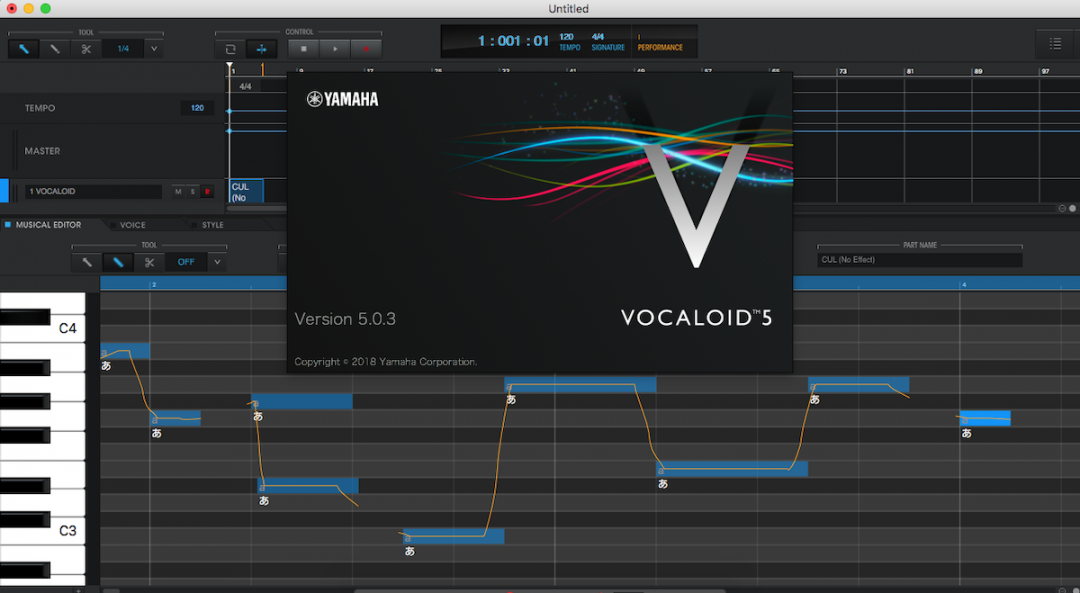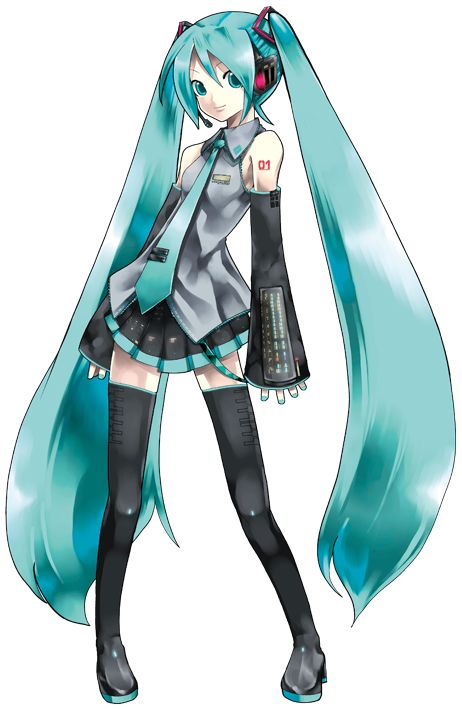Instruments
Japan has a rich cultural history. This includes one of the most recognizable things from Japan, its music. Music has always played an important part in the history of Japan. The instruments that were used in the medieval period have a very distinctive sound.
Take the shamisen, for instance. The shamisen is a three-stringed instrument with a very large and specialized pick, called a bachi. The pick is used to create a long, sustained sound with the strings of the shamisen. This sound is iconic to the shamisen, and is used in a lot of music that attempts to emulate traditional Japanese music.
Another very common Japanese instrument is the koto. The koto is a Japanese harp essentially. It has 13 strings held up via multiple bridges along the width of the instrument. Special picks placed on individual fingers are used to play the koto. The koto is often used with the shamisen and a bamboo flute called a shakuhachi in an ensemble during theater or for imperial courts.
Taiko are a form of Japanese drum. It is often used in a certain type of Japanese theater, called kabuki. These drums are usually played in an energetic fashion and it will elevate the intensity of a situation that is being depicted. They are also used in festivals and such. This high energy playing even inspired an arcade rhythm game that is popular in Japan, Taiko no Tatsujin. Players will beat the drum to the beat of the song they choose depending on which icons appear on screen.
Moving forward from the medieval era straight to the modern era. A new form of instrument became available digitally and has become a major component to a lot of Japanese music nowadays. Vocaloid software is a software that allows users to create vocals to their songs by tuning a voice bank of their choice to their liking. One of the most popular vocaloids is Hatsune Miku, who does tours internationally and has multiple video games and novels named after her, with many more obscure references to her in other media.





Comments
Post a Comment